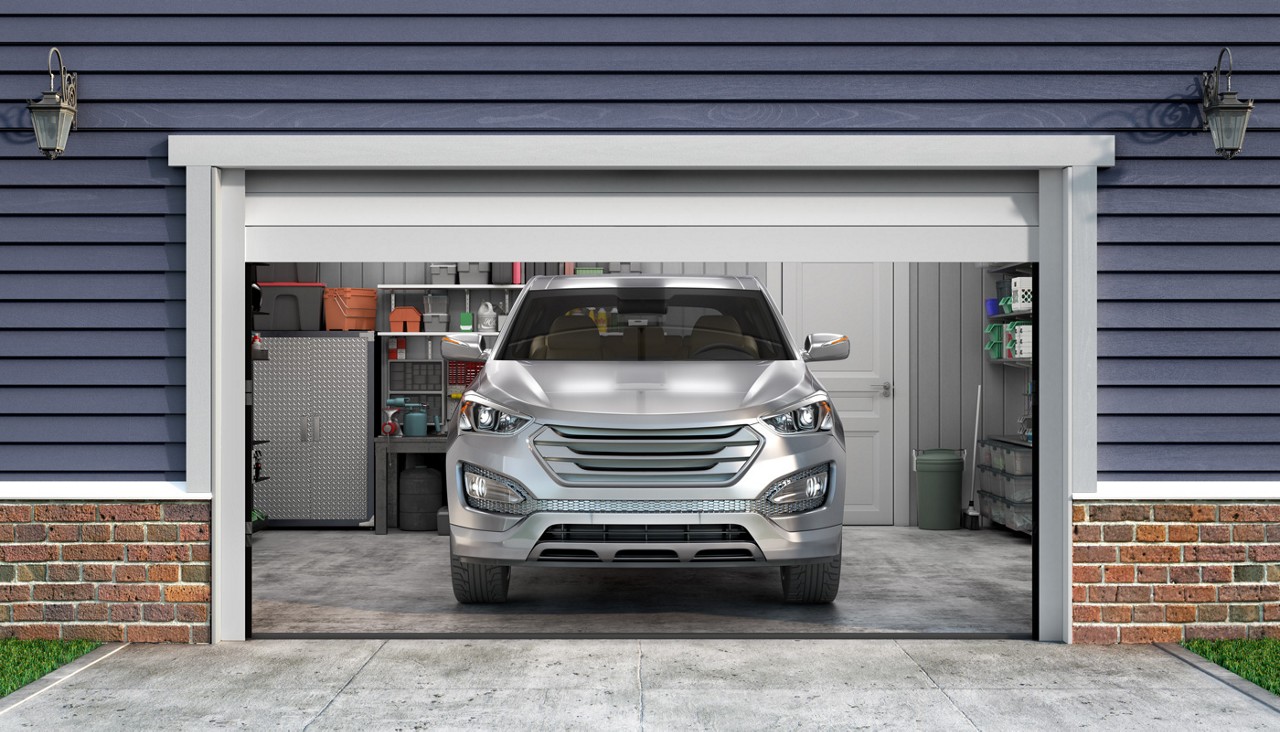To ensure you receive the best service possible,
please enter your zip code below:

Part of the American Dream has been the idea of a two-car garage, and implied in that ideal is the fact that a couple or family would have at least two cars.
However, many couples and families are transitioning from multiple vehicles to just one for a variety of reasons, including financial, lifestyle (simplified logistics), work changes (remote work) and environmental benefits.

Are you thinking about becoming a one-car household? Whether you’re motivated by cost savings, environmental concerns, or lifestyle changes, transitioning from two vehicles to one is a big decision that requires thoughtful planning.
Every household is different, so it’s important to assess your unique needs, routines, and available resources before making the switch. The following steps can help you evaluate whether a one-car lifestyle is a realistic, rewarding and the right choice for you and your family.
1. Evaluate daily routines and driving habits
Start by tracking your household’s typical weekly vehicle use—note who drives, where they go and what times of day the trips occur. Pay attention to any patterns, such as recurring errands or commutes that overlap and could potentially be combined. Consider how often both vehicles are used simultaneously and whether it’s feasible to manage with just one.
2. Identify non-negotiable transportation needs
Make a list of essential transportation needs that occur on a regular basis. This could include work commutes, school drop-offs, medical appointments and weekly errands like grocery shopping. Prioritize these trips by frequency and time sensitivity to understand which transportation obligations require reliable access to a vehicle.
3. Explore alternative transportation/Consider your home base
Evaluate public transit options in your area, such as buses, commuter trains or park-and-ride lots. If you're in an urban or suburban area, walking and biking might be realistic alternatives for short errands or commutes.
Rideshare apps, car-sharing services like Zipcar or even e-bikes can also provide flexibility when a second car isn’t available. Your location will heavily influence what alternatives make sense—city dwellers may find car ownership less necessary, while rural residents may need more creative solutions.
4. Coordinate schedules as a couple or household
If you’re considering moving to one car, household coordination becomes essential. Try holding a weekly planning session to review everyone’s transportation needs and identify potential scheduling conflicts. Shared calendars, whether digital or physical, can help visualize who needs the car and when. In some cases, flexible work hours or shifting errands to off-peak times can make car sharing easier.
5. Trial period: Test out before you go all in
Before officially transitioning to a one-car household, consider doing a test run. Park one car for a week or two and rely solely on the remaining vehicle. Pay attention to any logistical issues, unexpected benefits, or moments of stress. This trial period can reveal whether downsizing to one car is truly manageable and highlight areas where alternative solutions or schedule changes may be needed.
The quiz below will give you an idea of where you and your family or partner stand when it comes to the idea of being a one-car household.

No matter your stage of life, transitioning to a one-car household is easier with the right strategies in place. Here are helpful tips tailored for young couples, older adults and families alike:
With thoughtful planning, a one-car household can lead to lower costs, greater simplicity and a meaningful environmental impact. Many families find that life becomes not only manageable but also more intentional and rewarding with fewer cars to maintain. Make the leap and enjoy the freedom of driving less!
One car or more?
AAA Members get trusted vehicle service at AAA Car Care Centers and Approved Auto Repair shops—with a 36-month/36,000-mile warranty at AAA-owned locations and 24-month/24,000-mile coverage at Approved facilities. Plus, enjoy 10% off labor (up to $75 in savings).
‡Offer valid through 9/02/2025. Offer valid for Classic/Basic Memberships only. Pricing valid at member join only. Offer excludes Motorcycle coverage. Payment of full AAA Membership dues is required upon renewal. Offers, terms, conditions and restrictions apply and are subject to change without notice. Not combinable with any other offer. Offer not valid in FL, GA, MI or PR. A member can add one eligible family member for free for up to one year. Additional Associates are half price. Associate memberships are available to the Primary member’s spouse, one other adult living in the household, and their children living at the same residence or away at school. Associate members must have the same type of membership as their Primary member, with the exception of Motorcycle. Associate membership expires on the renewal date of Primary member.
Upon activation and with proper identification, AAA will provide regular AAA services and full privileges for the new member. Roadside benefits begin three days after payment of dues. Some restrictions apply. Roadside assistance is provided by independent facilities contracted by AAA. Coverage in taxis, limousines and other ride-sharing conveyances is excluded. Visit AAA.com/MemberHandbook for details about member benefits, including any limitations or restrictions. Offers, terms, conditions and policies are subject to change without notice. Savings partners subject to change. Source: 2023 AAA U.S. Market Track national surveys. Includes service vehicles owned by clubs and service vehicles owned by third parties under contract with AAA to provide services to AAA members. Taxes, fees & options excluded. Terms apply. Partners and offers are subject to change and restrictions apply. For a complete list of offers, visit us online at AAA.com/Save or your local AAA office.